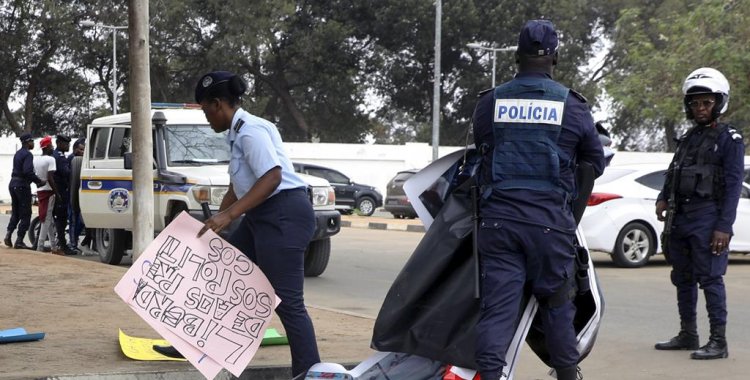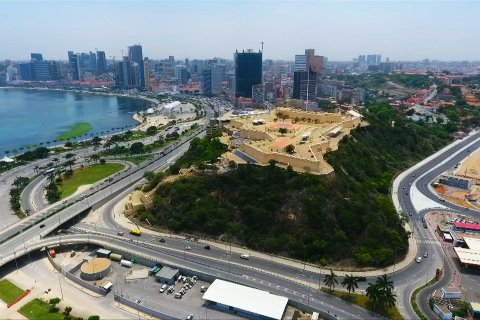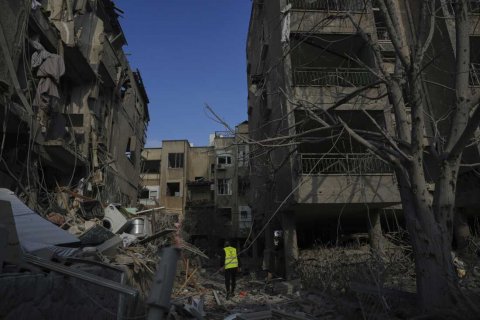In a report released this Wednesday, in which it analyzed police abuse and consequent disregard for human rights in 11 demonstrations in Angola, between November 2020 and June 2023, AI concluded that law enforcement officers attacked protesters with live ammunition and tear gas, killing at least 17 people, and beat and arbitrarily detained others, in violation of Angolan legislation and international law, but none of the officers, or their superiors, were brought to justice.
The report "Broken Promises: Protesters Between Tear Gas, Bullets and Batons in Angola" documents that the police "shot dead children, fired tear gas grenades into crowds, burning arms and legs, and brutally beat people in their custody, causing deep physical and emotional scars".
The NGO stresses that, however, the Angolan authorities have not yet held anyone accountable for these human rights violations, and argues that the victims and their families "deserve justice now," said AI's deputy regional director for Eastern and Southern Africa, Khanyo Farisè, quoted in the statement.
Angola has ratified the main human rights instruments from which standards for policing demonstrations can be drawn, including the Protocol on Civil and Political Rights, and is a signatory state to the African Charter on Human and Peoples' Rights, he recalled.
"The country's Constitution and its Police Law guarantee the right to freedom of peaceful assembly and expression, especially in the context of demonstrations," he continued.
"Under international human rights law, States have an obligation to respect and guarantee the right to peaceful assembly," he reiterated.
The Attorney General's Office should immediately launch investigations into the killings of protesters and bystanders by the police and ensure that perpetrators, whether officers or senior officers, are brought to justice in fair trials, it advised.
According to AI, Angolan security forces have a long and well-documented history of repressing peaceful demonstrations using excessive or unnecessary force, leading in some cases to unlawful killings, intimidation, beatings and arbitrary arrest or detention.
"Although the justification for the use of force has varied, the methods used to suppress demonstrations, such as live ammunition, tear gas, dogs and batons, are the same," it added.
One of the episodes of police abuse cited in the report took place in Huambo on 5 June 2023, when officers of the Rapid Intervention Police (PIR) fired live ammunition at a crowd that had taken to the streets to protest against the increase in fuel prices.
"At least four people were killed, and among the victims was Cristiano Luis Pambasangue Tchiuta, a 12-year-old boy who was passing by on his way to school," he said.
Another incident occurred during a demonstration in Luanda on June 17, 2023, when Isabel Guedes was hit by a tear gas grenade and suffered second-degree burns on her legs, requiring surgery and skin grafts.
Under the country's law, organizers of demonstrations are required to notify authorities at least three working days before a planned demonstration, he explained.
In turn, authorities must provide a reasonable justification for banning a demonstration and respond within 24 hours of receiving a notification. However, there are cases where authorities have ignored these legal requirements and restricted demonstrations without providing an acceptable reason, he concluded.







